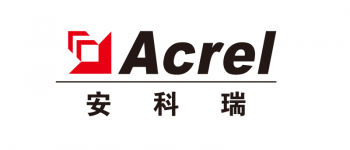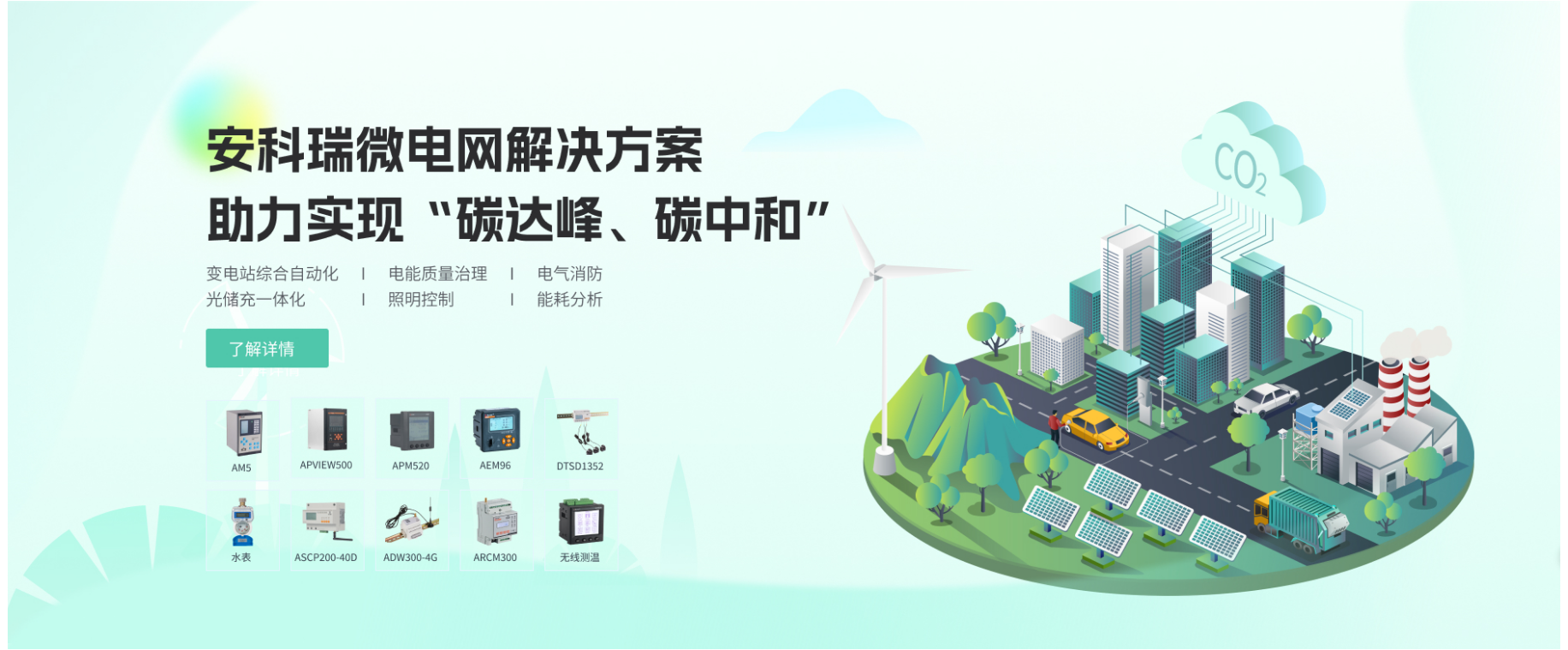户储的含义是什么?
户储就是户用储能,也称“家储”,它是一种用于家庭用户的储能系统,它通常与户用光伏系统结合使用,以分散电力需求和资源分布,提高可再生能源的消纳率。
户储系统的工作原理是白天利用光伏发电直接供电,多余的电能则存储在蓄电池中,夜间则使用蓄电池供电,从而减少电费支出并保障用电的稳定性。户储系统在全球储能市场中占据重要地位,尤其在欧洲和美国市场。
户储系统在技术路线上通常采用电化学储能,具有装机规模灵活、产业链条成熟、安装运维简便等优点。此外户储电源的核心优势在于低功耗和超宽输入电压范围,这有助于提升整体续航能力,满足民用场景的待机功耗需求。
市场驱动力
峰谷价差拉大、储能成本下降、FIT到期等因素都将驱动家储经济性进一步提升,同时若VPP模式成熟,将为家储带来更高额的收益。
直接补贴:政对家储配置给予直接补贴,如美国ITC政策给予配套光伏的储能项目以税收抵免,日本、澳大利亚等国家也均推出针对家储的直接补贴政策以提升其经济性。
分时电价机制:美国加州、澳大利亚、意大利等国家均设有分时零售电价机制,在中午时段光伏发电量大、用电需求小,居民电价较低;傍晚时分光伏发电量骤减、用电需求快速提升,分时电价上升。户用光伏配置储能后,可在中午时分将光伏多余发电量对电池充电,并在傍晚家庭用电需求高峰时进行放电,减少傍晚时分(高电价时段)购电量,降低家庭用电成本;对于单独配储用户,也可在电价低谷时间内对电池充电并在高电价时段向电网放电实现套利。
海外户储解决方案案例分享
This solution request a IoT based cloud monitoring for 8000 residential houses power systemwith solar PV and energy storage system [BMS&PCS] so that we could realize online&remotemonitoring&billing&control for all 8000 houses centralizedly via IoT system.
(2) For each house, there are 3 monitoring points:
① Grids side monitoring [also need prepaid billing and control]
Rated Current: Max 32A AC; Rated Voltage: 220Vac L-N, Type: 1-phase Circuit
② Solar PV inverter energy Generation Monitoring
Rated Current: Max 32A AC; Rated Voltage: 220Vac L-N, Type: 1-phase Circuit
③ BMS system charger&discharge energy monitoring
Rated Current: Max 125A AC; Rated Voltage: 48Vdc, Type: DC Circuit
(3) For the places that we gonna install IoT gateway, it's covered by stable 4G signal.
Main Function of APP side System:
(1) Devices List (2) History Curve (3) Electricity Parameters Report (4) Energy Trend (5) EnergyConsumption Report (Daily, Monthly, Yearly)1377-443-0992
Noted: Since APP side and WEB side of Acrel IoT Energy Monitoring System share the same data,normally recommend our user to add the devices to their account using APP and check the data using WEB platform








